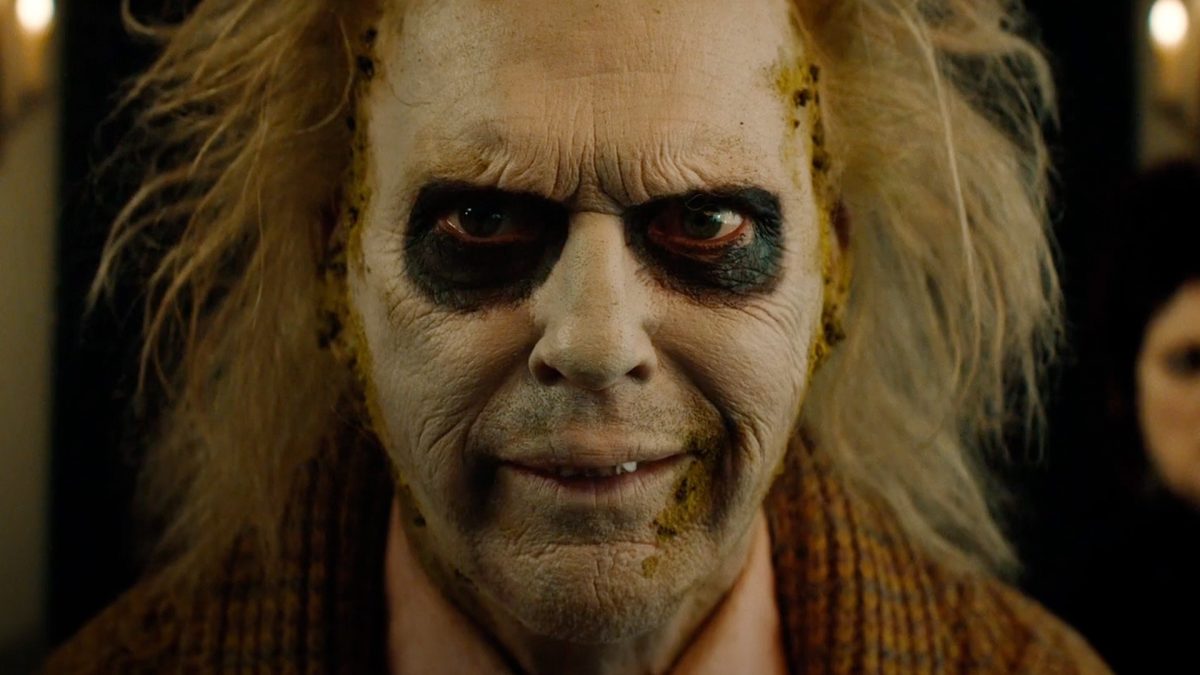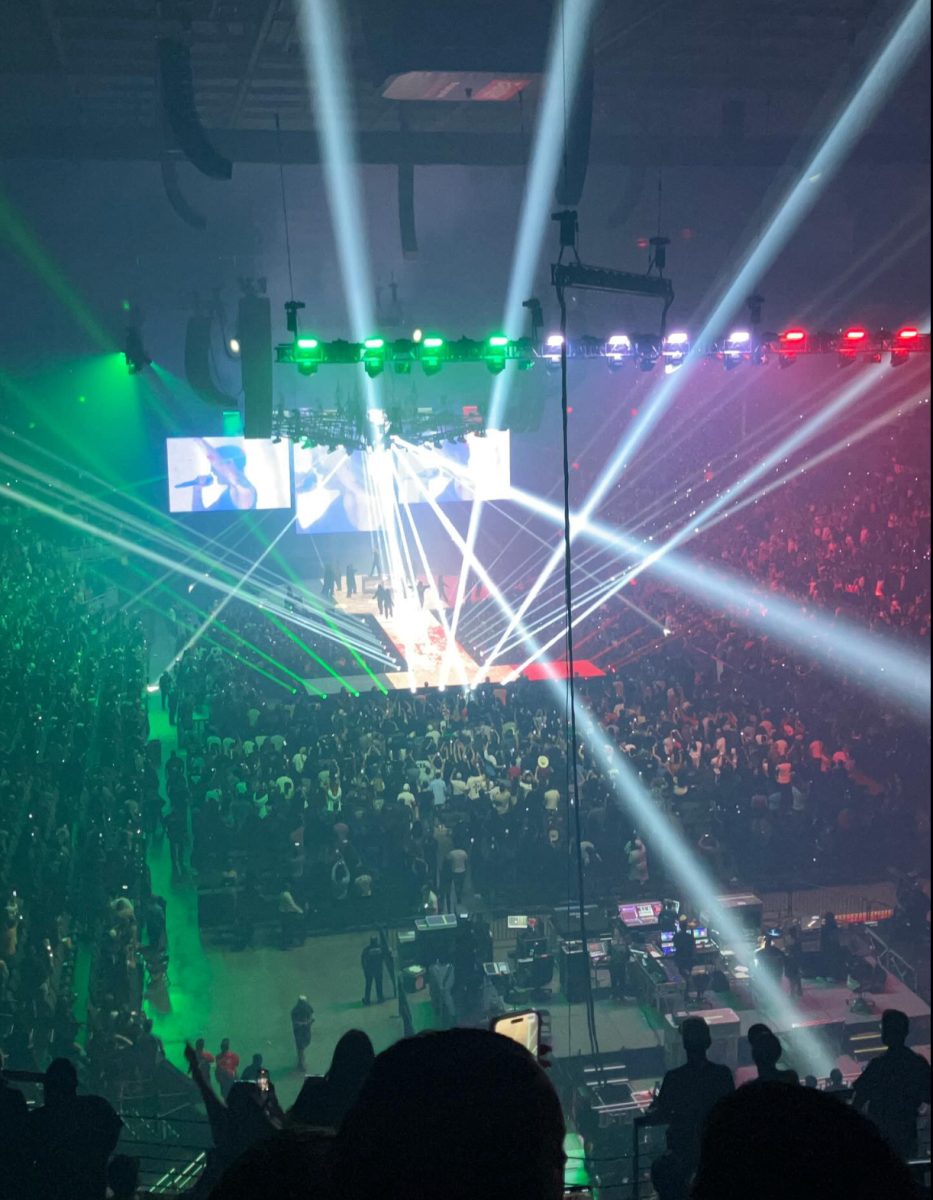Elevator malfunctions cause inconvenience, frustration for disabled students
When senior Lily Callon returned to school, using crutches after surgery, she questioned how she was going to reach her anthropology class in room 042.
“The only way that I could realistically get down there would be the elevator that is right by the gym,” Callon said. “That elevator is broken.”
Callon and her teachers tried to find an alternative. Central proposed taking her out of the building in a wheelchair and reentering the gym lobby, a process that would be lengthy but would allow Callon to get to class without using stairs. But when fourth period came, a wheelchair was nowhere to be found.
“I ended up having to go down a half-flight of stairs on crutches,” Callon said. “This is a class I wanted to take, and it feels like it’s not important enough for me to get down there.”
Central students and teachers who cannot use stairs must navigate a frustratingly inaccessible building and inconvenient and often broken elevators.
“The elevator for the main building is terrible because there isn’t a lot of room,” senior Eli Calderon-Palacios said. “It’s hard when you’re in a wheelchair, especially if someone is helping you get around from class to class, it’s hard for both of us to fit in.”
“It irritates my soul,” freshman Treasure Harper said. “The elevators move super slow. If I’m late for a class, and I’m still waiting for an elevator, I’m like, ‘This is crazy.’”
Harper has been late to her classes, and her lunch period, because of elevator malfunctions. The cramped and unreliable elevators are only one element of the building’s inaccessibility.
To access classrooms on the fourth floor, students take the elevator to one side of the fourth floor, then use storage tunnels to get to other sides. The storage tunnels are dark and industrial, with slabs of unfinished plywood serving as ramps. On the west side of the auditorium, there are three steps, which make moving from the basement to the main building a lengthy and exhausting process.
“I wish there were ramps there,” Special Education teacher Lindsey Rosenthal said. “If they could add ramps to that section, that would make a huge difference.”
“When you’re getting dropped off, you have to go to the elevator that only goes up one floor, then you have to go down to the other elevator, which is not reasonable if you have a non-motorized wheelchair,” English teacher Jen Stastny said. “It’s exhausting.”
Like Callon, Stastny has “very carefully” walked down the stairs instead of using an elevator.
Central’s main building was built without an elevator shaft. The elevator was built to fit the available space. Because of the elevator’s unique shape, replacement parts must be custom built, which makes repairs a lengthy process.
“The district has not prioritized that elevator,” Stastny said. “It’s important! You gotta fix this elevator!”
Any elevator repair is complicated, said assistant principal and activities director Jodi Dierks. Because of Central’s status as a national historic building, construction must meet aesthetic standards.
“There are five elevators we’re trying to maintain,” Dierks said. “This building is so choppy and spread out. When you try to fix one problem, there’s another one.”
There is a work order put in for the elevator to access room 042, but Dierks didn’t know when any action would be taken. Supply chain disruptions and the difficulty of acquiring the correct parts often lengthens the repair process.
“We want it to be accessible,” Dierks said. “This can’t keep happening. We’re constantly addressing it and we’re not giving up.”
In the meantime, students wait for eventual elevator repair. Sometimes, they are late to classes or miss classes entirely.
Last year, Calderon-Palacios was in the basement when she found that the elevator door wouldn’t open. “I went to the library and stayed there, and I missed the whole class period,” she said. “It was really hard to get me transported from class to class.”
Your donation will support the student journalists of Omaha Central High School. Your contribution will allow us to purchase equipment and cover our annual website hosting costs.

Hello, Register readers! I'm Noa Gilbert, (they/them) and your news editor! I'm a senior and this is my second full year on staff. In my free time, you...













